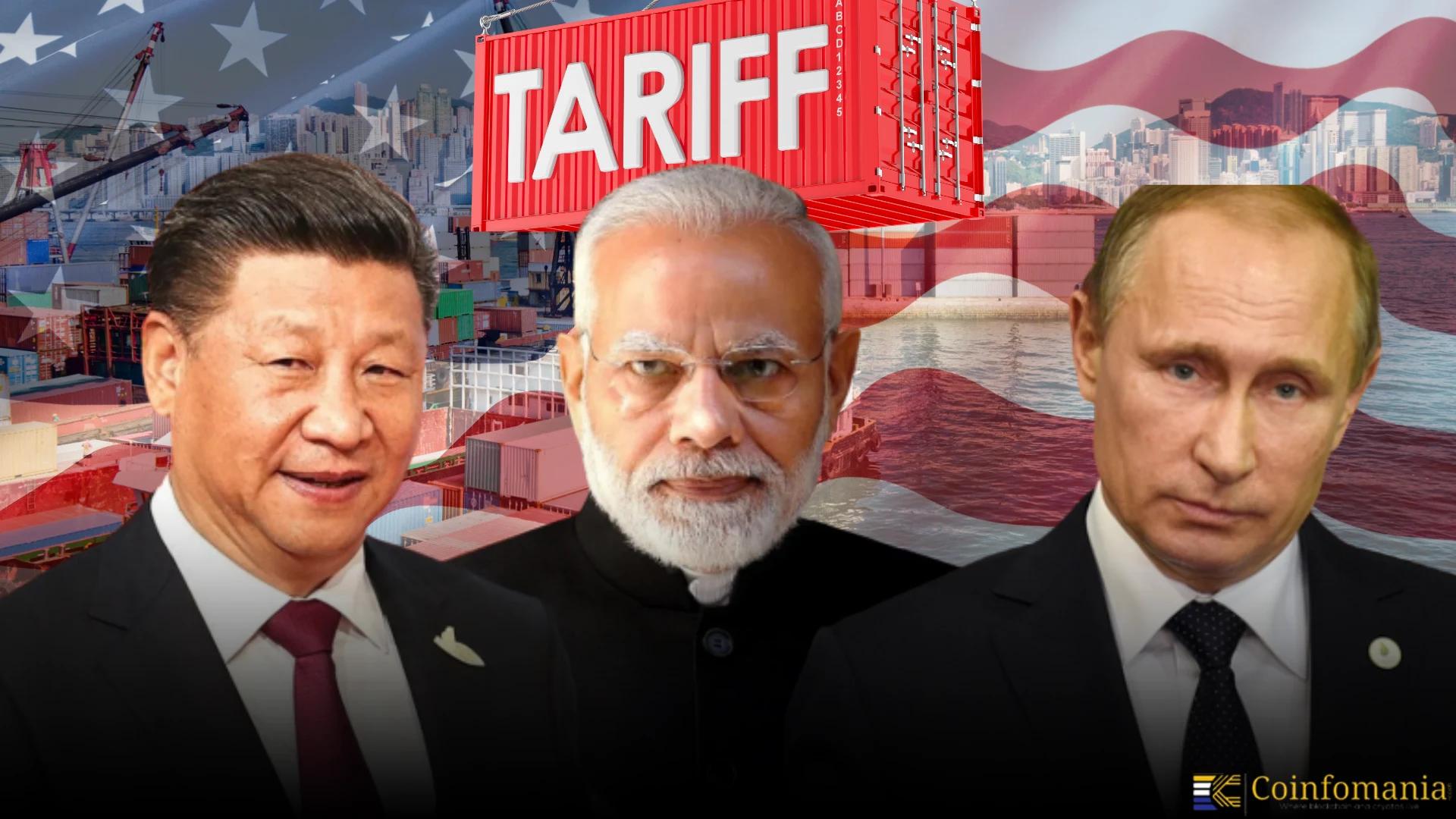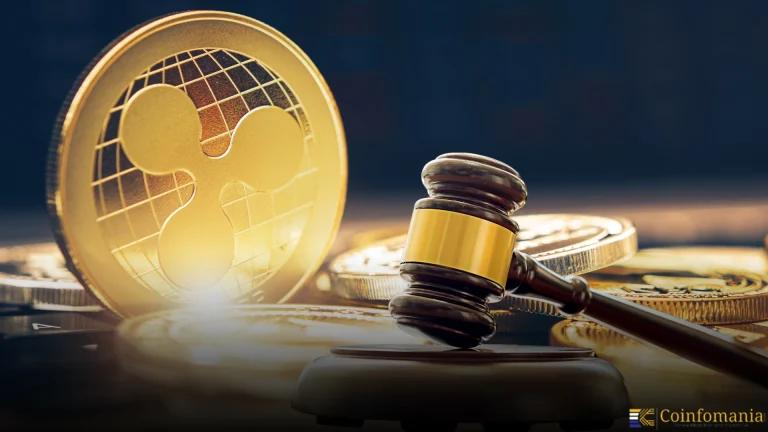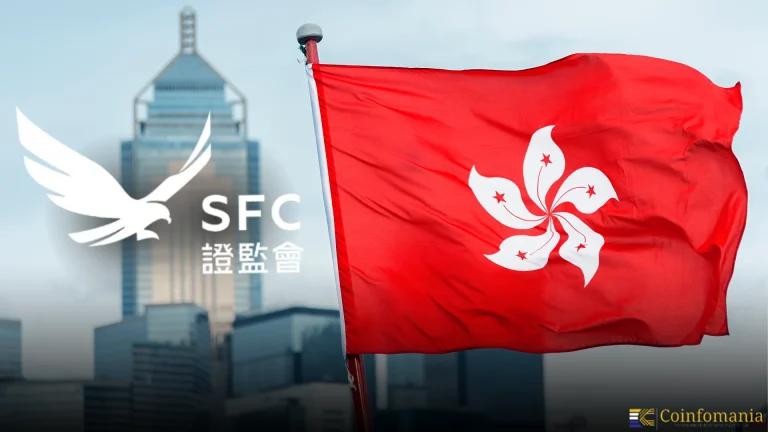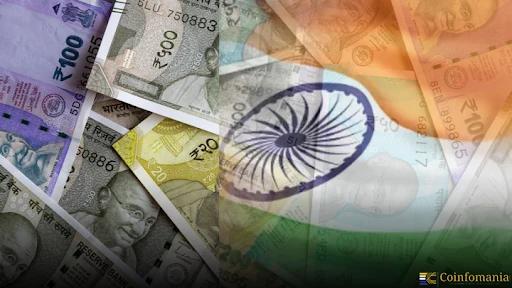Is U.S. Tariff Heat Bringing Russia, India, China Back Together?
RIC, formed in 2002, resurfaces as Russia eyes more export to China & India amid rising US tariffs and shifting geopolitical alignment.

Quick Take
Summary is AI generated, newsroom reviewed.
U.S. tariffs are pushing Russia, China to revive RIC talks.
India remains cautious and avoids firm commitment.
Currently, trade is uneven, with resources, goods, and services split.
Each country has different strategic values.
RIC offers quiet, flexible diplomacy amid global shifts.
With the U.S. imposing its highest effective tariff rates since the 1930s, Russia and China are revisiting alternatives to the Western-led order. What’s interesting is how this isn’t some grand strategic realignment. The RIC formation itself isn’t new. It was launched in 2002, largely driven by Russia. In the years, it has seen consistent engagement with over 20 formal meetings between 2002 and 2019. Then the meetings stopped.
First came the pandemic, and then the India-China military tensions along the Line of Actual Control in 2020. Since then, the mechanism has been dormant. But recently, Russia’s foreign minister, Sergey Lavrov, called for the format to be restarted “at the earliest,” and China also signaled openness to deeper trilateral cooperation. India, in contrast, responded cautiously, acknowledging the format but not committing to any timeline. The official position by MEA is that any such revival would happen only when “mutually convenient.”
RIC & Trade Alignment
Russia’s bilateral trade with China has more than tripled in the past decade. This has been driven by a straightforward division: energy and raw materials from Russia, manufactured goods and technology from China. Russia-India trade has also increased, though from a much lower base. Trade between these countries is not equal. One side mostly sells fertilizers, oil, and precious metals. The other side sells more medicines and clothes.
Russia has a lot of energy and natural resources. China is strong in making products and has money to invest. India is good at services, medicine, and has a growing market of buyers. In fact, as per gravity-model estimates, Russia still has unrealized export potential of 24 percent to China and 17 percent to India. And in the current trade environment distorted by tariffs and sanctions, even modest gains in underexploited corridors are worth pursuing. For example, India plans to buy 20+ Russian Su-57s by rejecting the American F-35 due to ongoing Trump’s 25% tariff on India.
Benefits of RIC to each Counterpart
Each country sees something different in this. For Russia, it’s a way to keep projecting relevance beyond BRICS, especially given its increasing isolation from the West. China sees trilateral formats like RIC as ways to stabilize its neighborhood and reduce India’s shift toward the U.S. India, however, remains the outlier in tone and positioning. The government continues to emphasize strategic autonomy and resists being pulled into frameworks that appear explicitly anti-Western. The MEA has described RIC as a “consultative mechanism,” not a bloc or alliance.
The 25 percent tariff the U.S. placed on Indian goods, paired with criticism over India’s ongoing oil imports from Russia, has raised the stakes. New Delhi is under pressure, but it’s not cornered. Its response so far has been to open dialogue with Moscow and Beijing. There’s no appetite for aligning too closely with either, especially while tensions along the LAC border remain unresolved.
Russia and China are trying to revive an old framework to increase their room. India is letting it happen, but on its terms. The energy behind RIC right now is coming from Moscow and Beijing; Delhi is letting it play out, likely as a safeguard against overexposure to any single bloc.
As BRICS becomes larger and more complex, the RIC group (Russia, India, and China) offers a smaller and more flexible platform. It could allow the three countries to talk more often. RIC will only matter again if it proves useful in real situations.
Follow us on Google News
Get the latest crypto insights and updates.
Related Posts

Ripple Highlights Custody as Key to $18.9T Tokenized Assets by 2033
Shweta Chakrawarty
Author

Hong Kong SFC Issues New Custody Rules for Crypto Platforms
Shweta Chakrawarty
Author

India Allows Global Trade Payments in Rupees to Reduce Dollar Use
Shweta Chakrawarty
Author